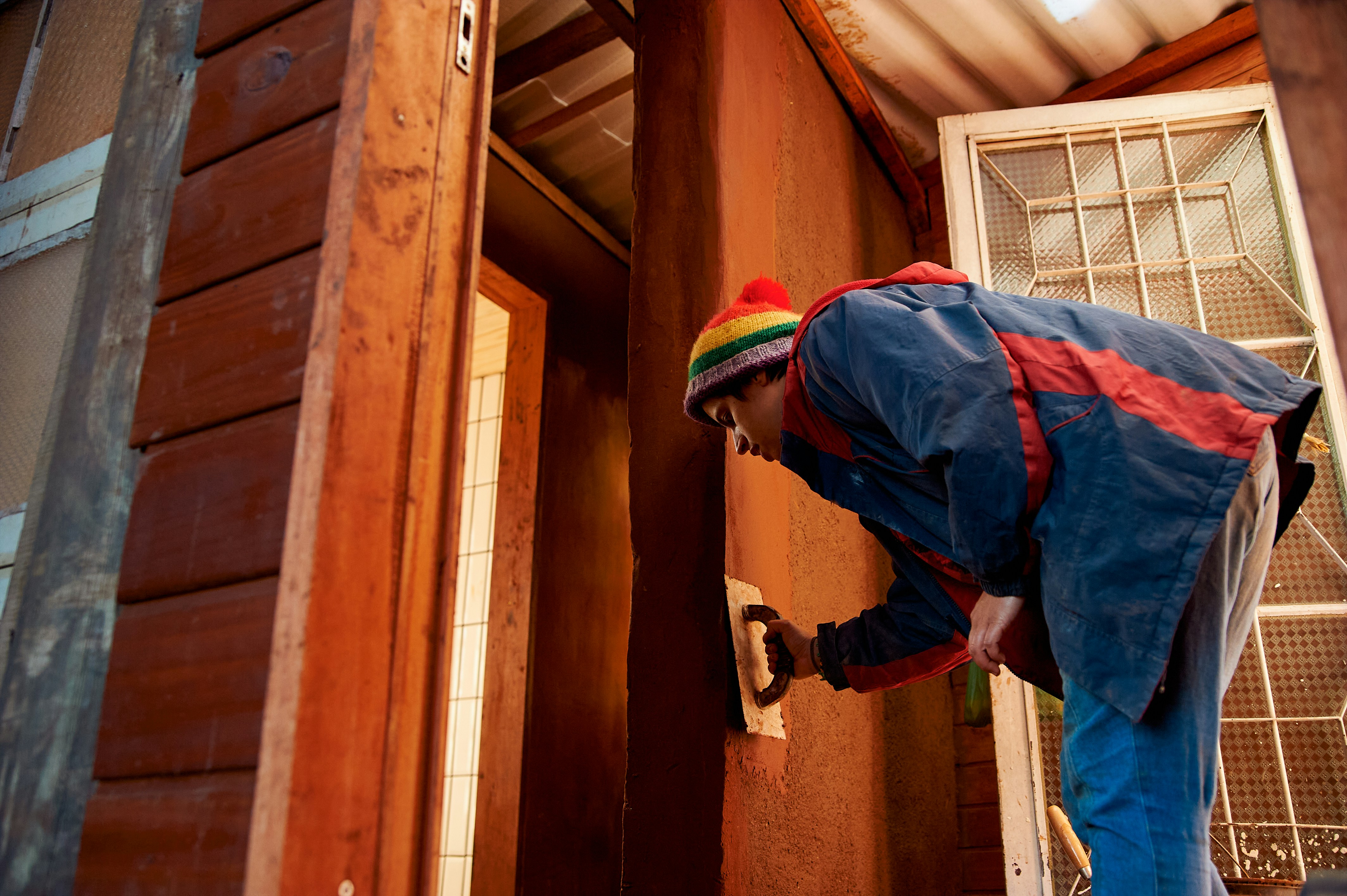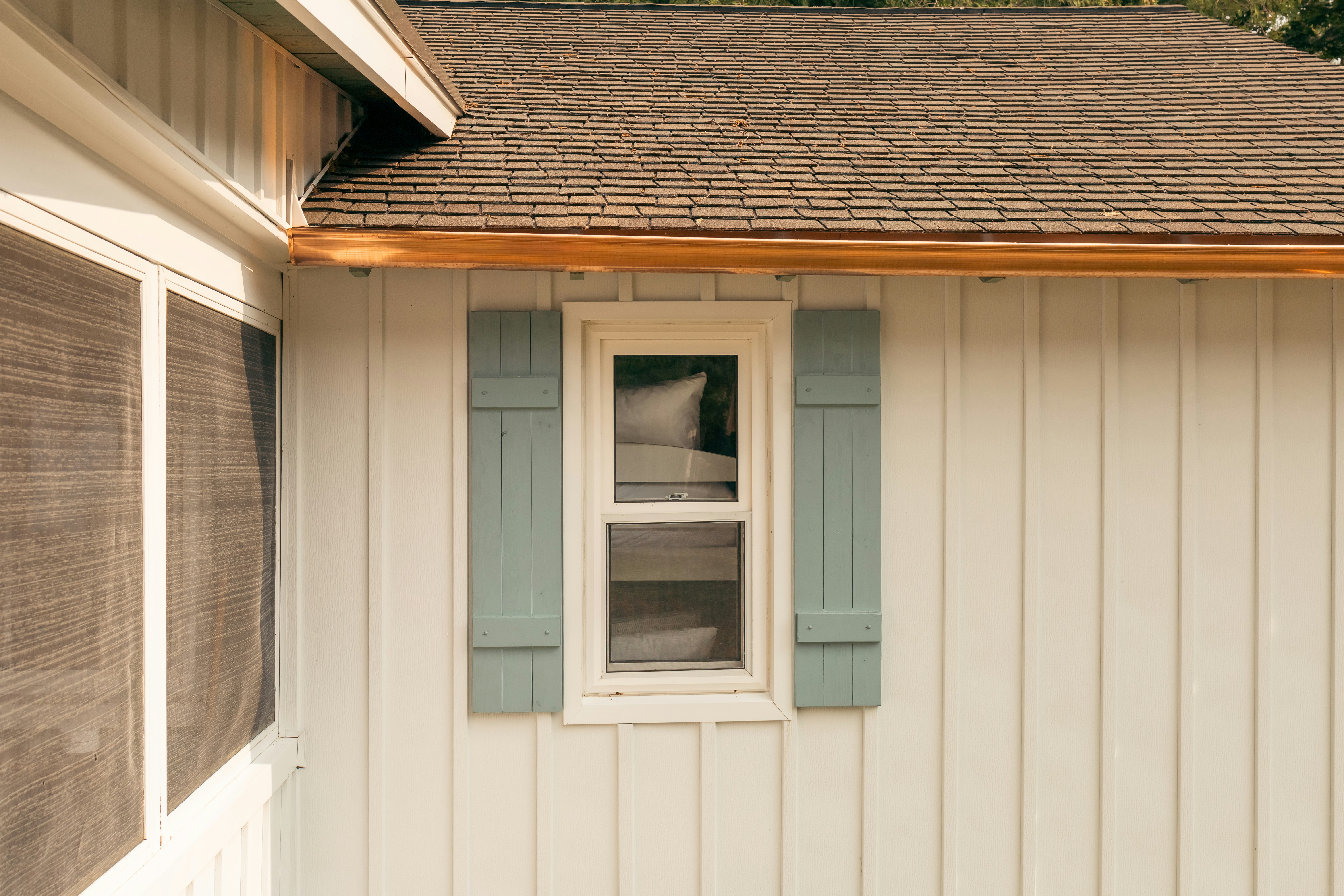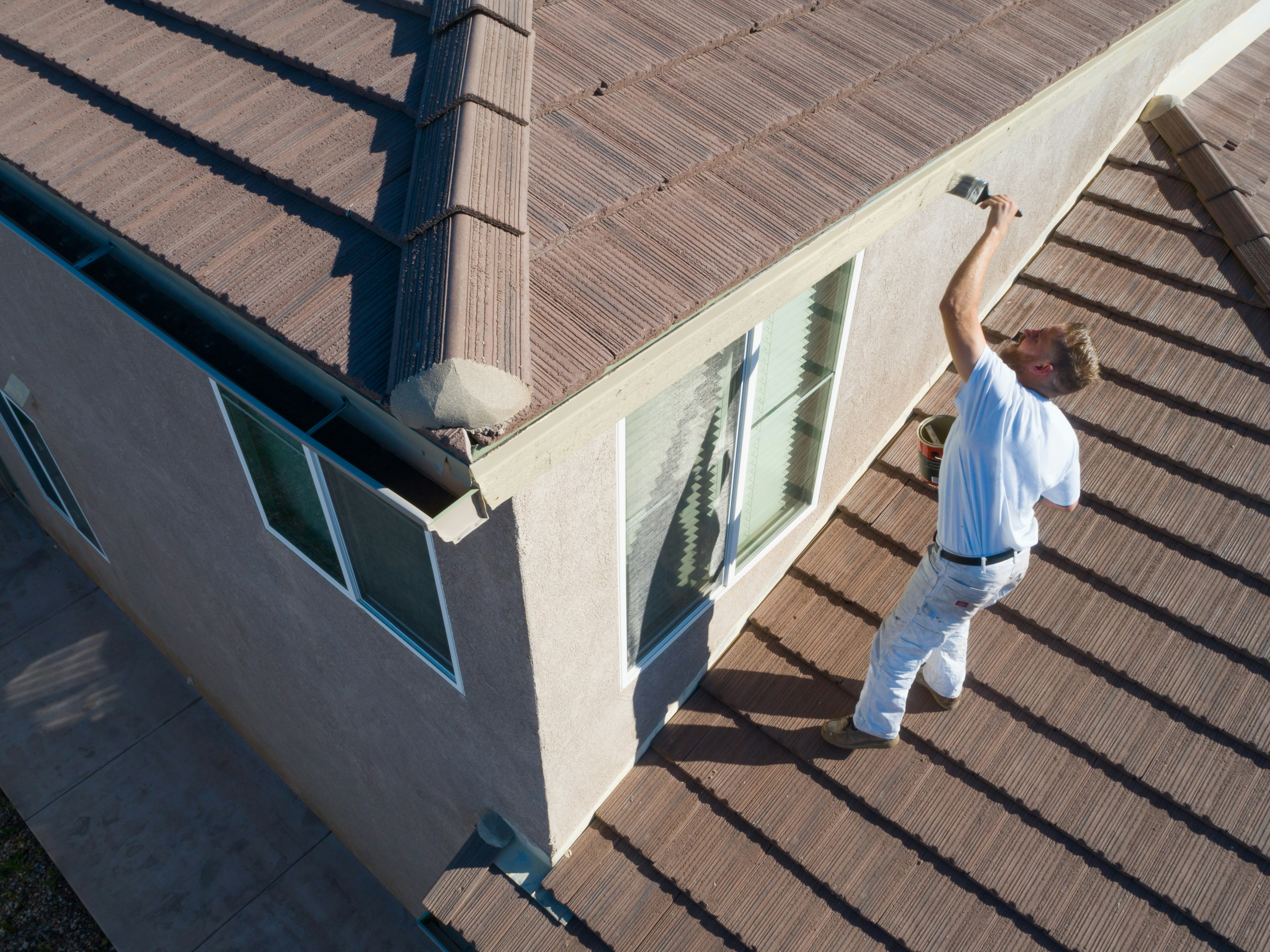Identifying Rot in Bothell Homes
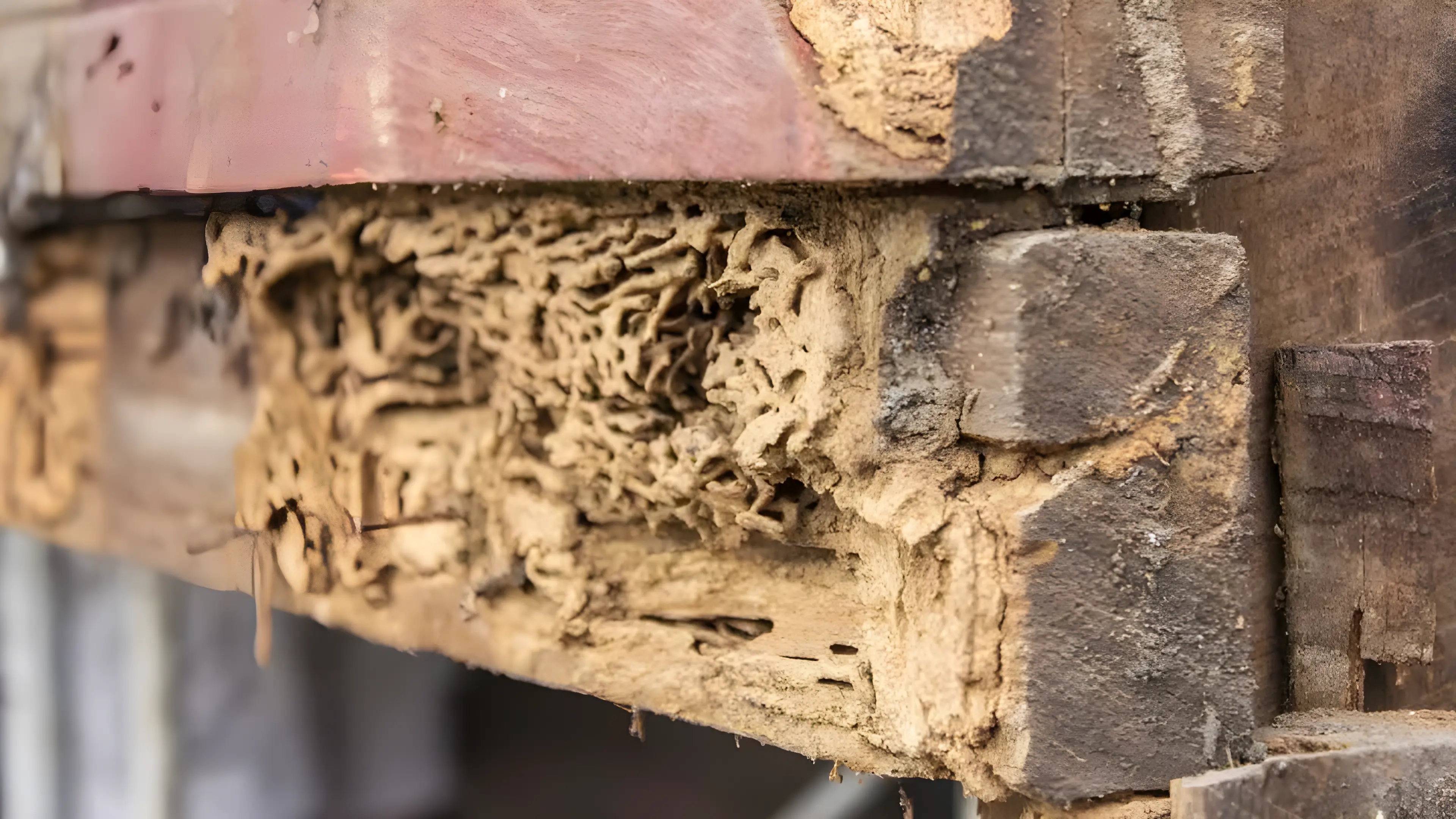
Signs and Symptoms of Rot Damage
Rot in homes can manifest in various ways, and being able to identify the signs and symptoms early is crucial in preventing further damage. One common indication of rot is a musty odor, often described as a damp or earthy smell, which can be particularly prevalent in areas with poor ventilation or high moisture levels.
Visually, rot damage may present as discolored or warped wood surfaces, indicating decay within the structure. Softness or sponginess when touching affected areas can also signal rot, as healthy wood should feel solid and firm.
Common Areas Where Rot is Likely to Occur in Bothell Homes
In Bothell homes, certain areas are more prone to rot due to factors such as exposure to moisture or lack of proper ventilation. Exterior elements like windowsills, door frames, and siding are susceptible to rot damage as they are constantly exposed to the elements.
In bathrooms and kitchens where water usage is high, rot can develop around sinks, showers, and toilets if not properly maintained. Additionally, areas with poor drainage or where water tends to accumulate, such as basements or crawl spaces, are at increased risk of developing rot.
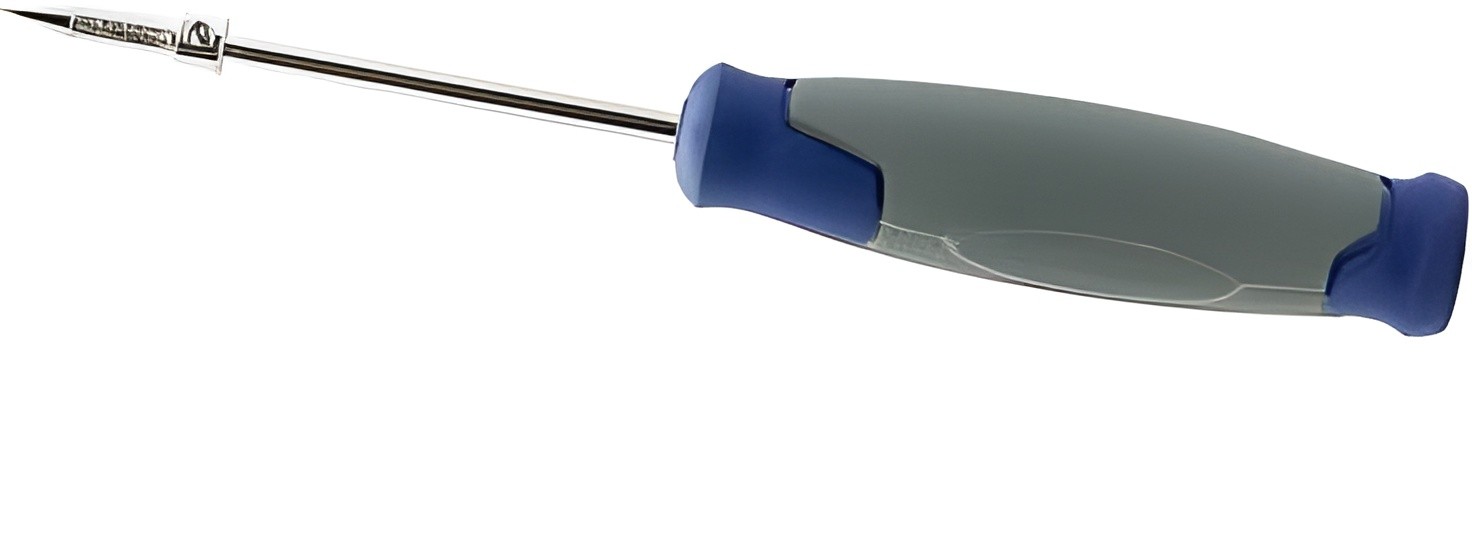
Tools and Techniques for Detecting Rot Early
Detecting rot early on requires a combination of visual inspection and sometimes specialized tools. A simple screwdriver can be used to probe wood surfaces for any soft spots that may indicate decay underneath. Moisture meters are valuable tools for measuring moisture levels within wood structures; elevated readings could suggest conditions favorable for rot development.
Infrared cameras can also help identify hidden pockets of moisture that may not be visible to the naked eye. Regular inspections using these tools and techniques can aid in catching potential rot issues before they escalate into major structural problems.
Dry Rot (Serpula lacrymans)
Characteristics and Appearance: Dry rot, scientifically known as Serpula lacrymans, is a type of wood decay caused by fungi that thrives in damp and poorly ventilated environments. In Bothell homes, dry rot typically appears as a brownish growth with a powdery texture, often accompanied by a musty odor.
As it advances, the affected wood becomes brittle and can crumble easily at the touch. Causes and Risk Factors Specific to Bothell's Climate: Bothell's climate, characterized by high levels of rainfall and humidity, creates ideal conditions for dry rot to develop.
The combination of moisture and lack of adequate ventilation in homes can lead to prolonged dampness in structural components, promoting the growth of Serpula lacrymans. Additionally, issues such as water leaks or poor drainage around the property can exacerbate the risk of dry rot infestation in Bothell.
Impact on Structural Integrity if Left Untreated: If left untreated, dry rot can severely compromise the structural integrity of a home in Bothell. The fungus feeds on the cellulose within wood, causing it to weaken and ultimately disintegrate.
This degradation can affect load-bearing elements such as beams or joists, posing safety hazards for inhabitants. Timely detection and proper remediation are essential to prevent extensive damage from dry rot in Bothell homes.
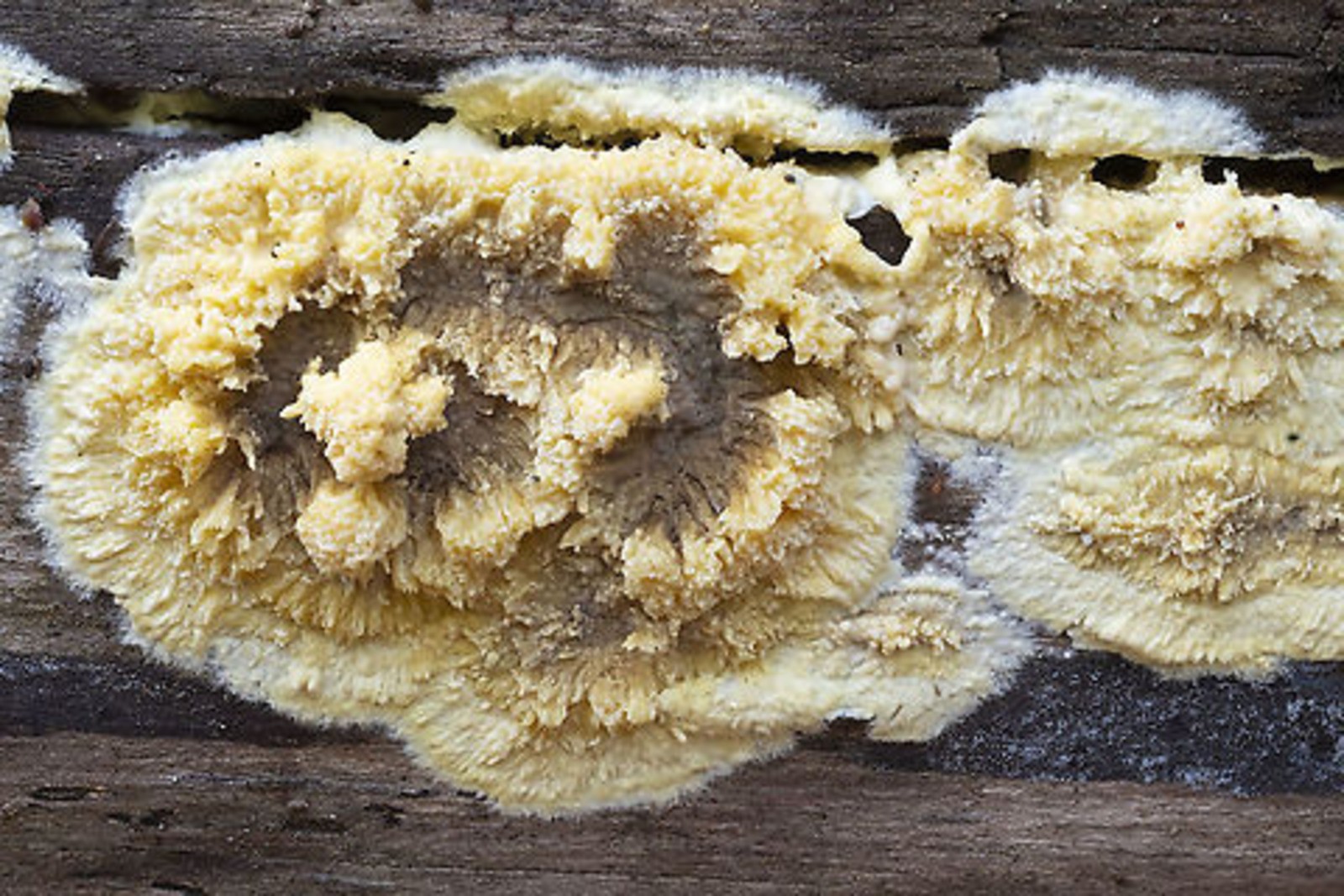
Wet Rot (Coniophora puteana)
Varieties Commonly Found in Bothell Homes: Wet rot is another prevalent type of fungal decay found in Bothell homes, with Coniophora puteana being one of the common species encountered. Unlike dry rot, wet rot thrives on high moisture levels but does not require direct contact with water to proliferate.
It often manifests as darkened or discolored wood with a spongy texture. How Moisture Levels Contribute to Wet Rot Development: In Bothell's damp climate, elevated moisture levels play a crucial role in facilitating wet rot development.
Areas prone to condensation or water ingress provide an ideal breeding ground for Coniophora puteana and other wet rot fungi. Wood that remains consistently damp due to leaks or inadequate ventilation is particularly susceptible to infestation.
Differences from Dry Rot in Terms of Treatment and Prevention: While both dry rot and wet rot are caused by fungal decay, they differ significantly in terms of treatment approaches and prevention strategies. Wet rot is more localized than dry rot and tends not to spread as aggressively throughout a structure.
Addressing underlying moisture issues through improved ventilation or repairs is key to preventing wet rot recurrence in Bothell homes. Prompt identification and targeted interventions can effectively mitigate the impact of wet rots on wooden structures.
Hiring a Professional vs DIY Repairs
Repairing rot damage in Bothell homes can be a complex and labor-intensive process, often requiring specialized knowledge and tools. When faced with rot issues, homeowners must decide whether to tackle the repairs themselves or hire a professional contractor.
While DIY repairs may seem cost-effective initially, they can pose significant risks if not done correctly. Professionals have the expertise to assess the extent of the damage accurately, choose appropriate treatments, and ensure a thorough repair that addresses the root cause of the rot.
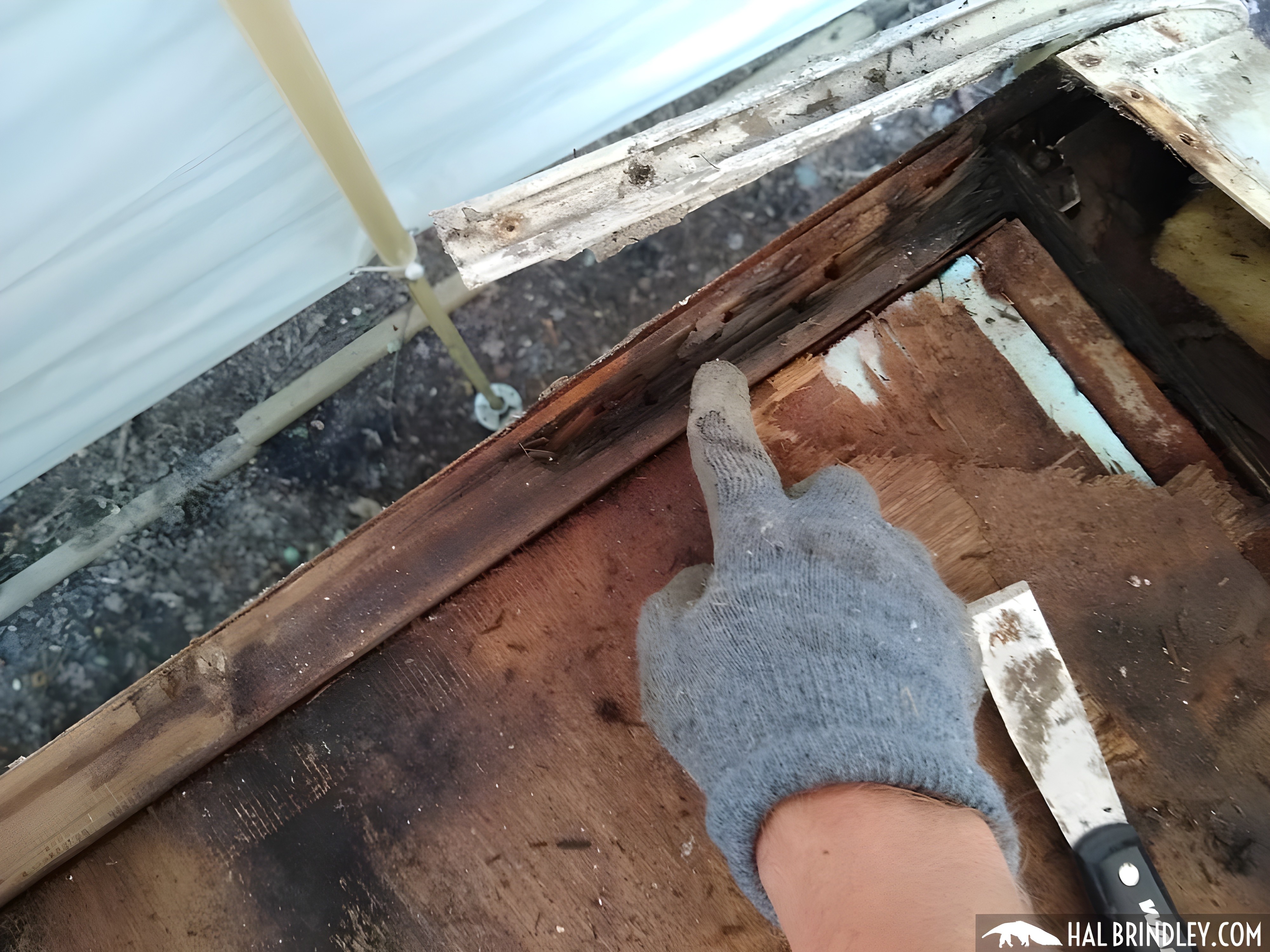
Steps Involved in Repairing Different Types of Rot Damage
Addressing rot damage in Bothell homes involves a series of meticulous steps to effectively restore structural integrity and prevent future issues. The first crucial step is assessing the extent of the damage by conducting a thorough inspection of the affected areas.
This assessment helps determine the scope of repairs needed and ensures no hidden pockets of rot are left untreated. Once the assessment is complete, the next step is removing all affected materials, including wood, drywall, or insulation that have been compromised by rot.
1. Assessing the Extent of the Damage
In order to accurately assess the extent of rot damage in Bothell homes, it is essential to inspect not only visible signs but also underlying structures that may be affected. This includes probing wood surfaces for softness or discoloration, checking for musty odors indicating moisture infiltration, and identifying any areas with peeling paint or bulging surfaces. By meticulously examining these indicators, homeowners can gain a better understanding of how far-reaching the damage is and what measures will be necessary for effective repair.
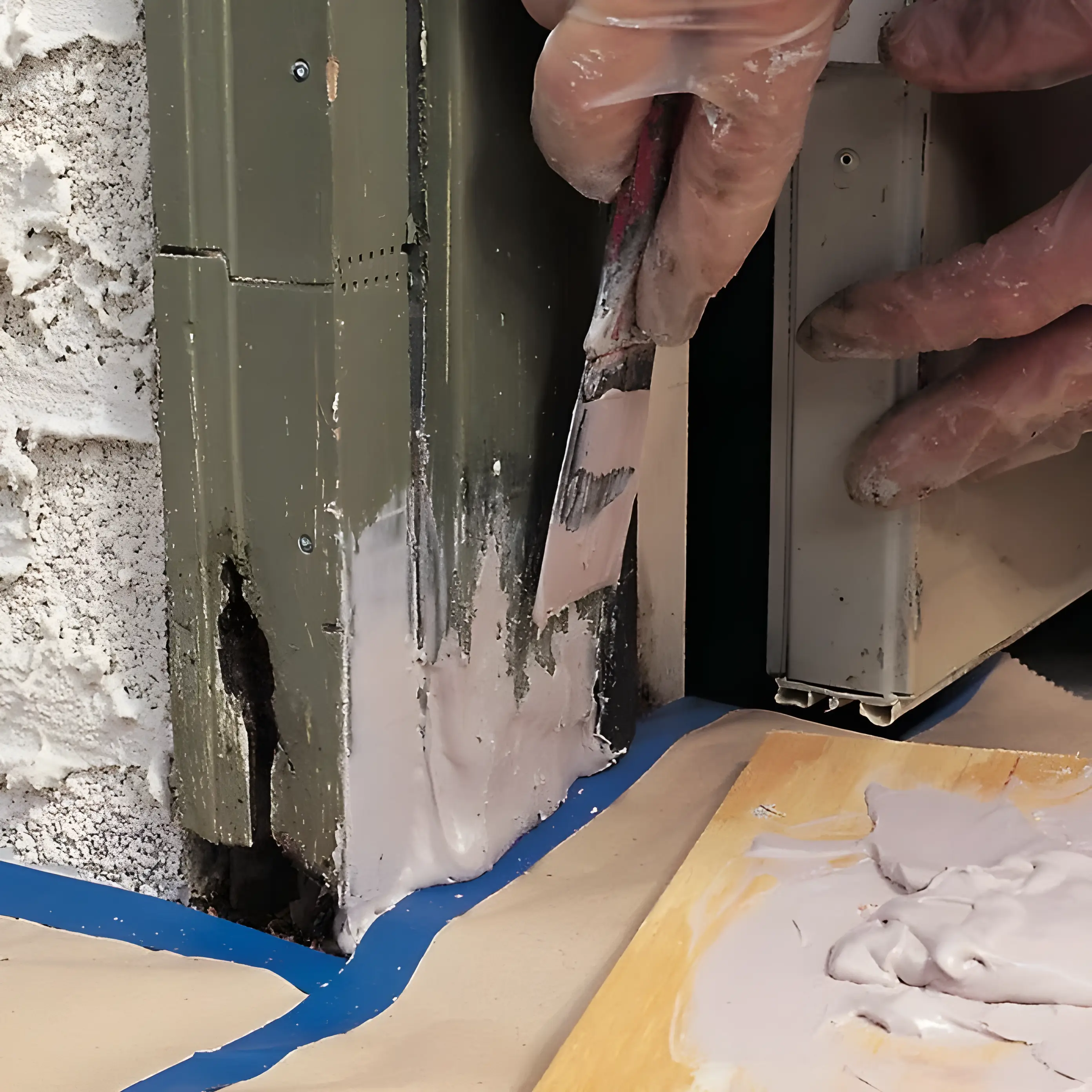
2. Removing Affected Materials
Once the assessment phase is complete, it is imperative to remove all materials that have been compromised by rot. This includes not only visibly decayed wood but also adjacent materials that may have been exposed or are at risk of future deterioration. Thorough removal ensures that no traces of rot remain hidden within walls or structures where they can continue to spread unnoticed. By clearing out all affected materials with precision and care, homeowners can create a clean slate for repair work without compromising structural stability.
3 . Treating The Area With Appropriate Solutions
After removing damaged materials from Bothell homes plagued by various types of rot infestations such as dry rots (Serpula lacrymans) and wet rots (Coniophora puteana), treating these spaces effectively becomes paramount in preventing future outbreaks.
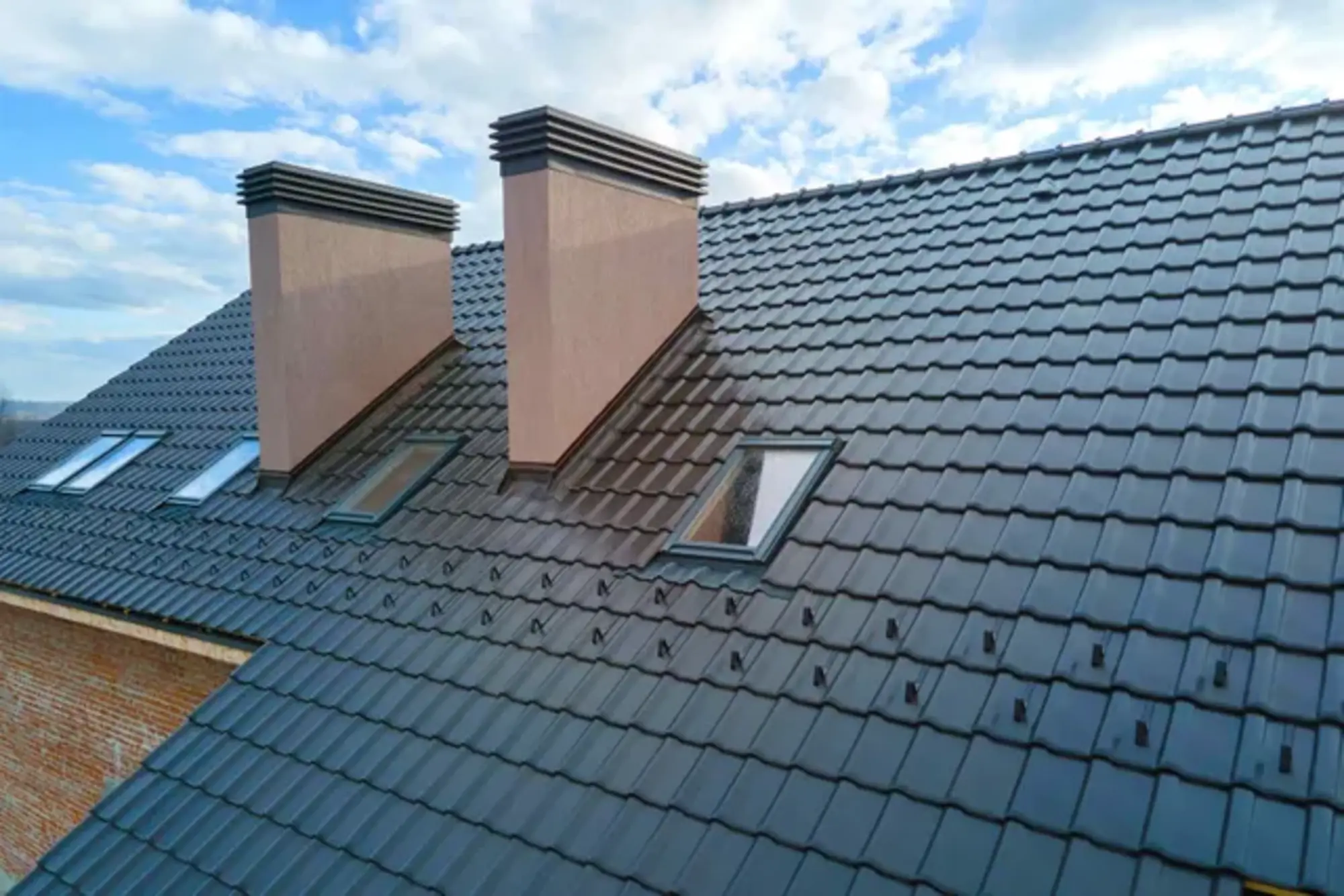
Maintaining Proper Ventilation and Moisture Control
One of the most crucial steps in preventing future rot issues in Bothell homes is to ensure proper ventilation and moisture control. Excess moisture is a primary culprit in the development of rot, so it is essential to keep indoor humidity levels in check.
Installing and using exhaust fans in areas prone to high humidity, such as bathrooms and kitchens, can help reduce moisture buildup. Additionally, ensuring that attics and crawl spaces are well-ventilated can prevent condensation from forming and creating an environment conducive to rot growth.
Regularly checking for leaks in plumbing fixtures, roofs, and windows is also important for maintaining moisture control. Any signs of water intrusion should be promptly addressed to prevent further damage.
Proper insulation can also help regulate indoor temperatures and reduce the likelihood of condensation forming on surfaces. By taking proactive measures to control moisture levels within the home, homeowners in Bothell can significantly decrease the risk of rot taking hold.
Regular Inspections for Early Detection
Conducting regular inspections of your home is key to catching any potential rot issues early on before they escalate into costly repairs. Inspect both the exterior and interior of your home for any signs of water damage or wood decay regularly. Pay close attention to areas that are prone to moisture exposure, such as around windows, doors, roofs, and decks.
Use a flashlight to look for discoloration or soft spots on wood surfaces, as these could be indicative of rot starting to develop. Check for peeling paint or swollen wood that may indicate water infiltration.
In addition to visual inspections, monitor any musty odors or mold growth as these are also signs of excessive moisture that can lead to rot formation. By staying vigilant with regular inspections, homeowners can catch rot at its earliest stages when it is easier and more cost-effective to address.
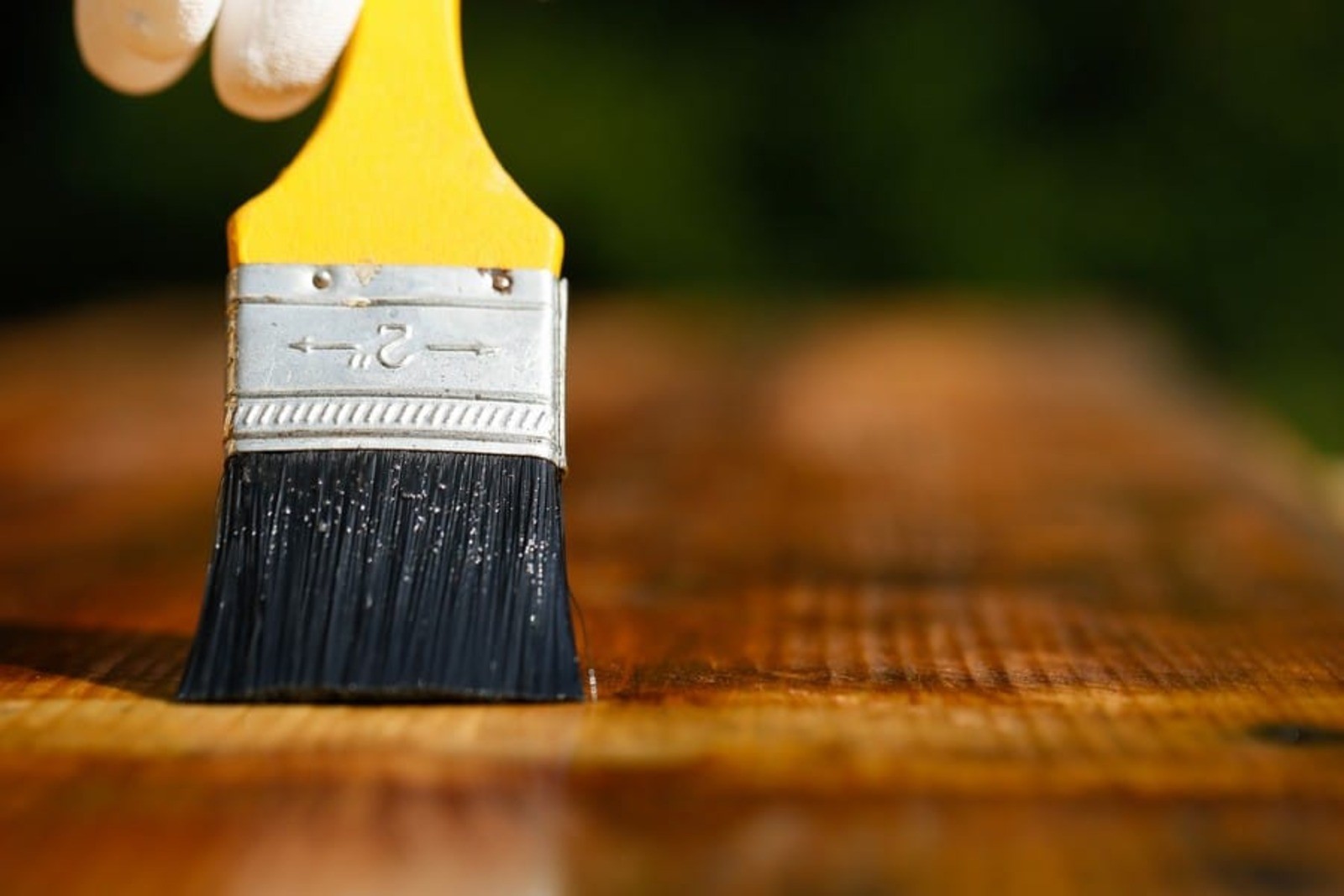
Applying Protective Coatings or Treatments
To further safeguard against future rot issues in Bothell homes, applying protective coatings or treatments can provide an added layer of defense against moisture infiltration. There are various sealants available on the market that are specifically designed to protect wood from water damage and decay.
These sealants create a barrier that repels water while allowing the wood to breathe naturally. In addition to sealants, treating exposed wood surfaces with preservatives or fungicides can help inhibit fungal growth and protect against decay.
These treatments should be applied according to manufacturer instructions and reapplied periodically for continued protection. Investing in quality coatings or treatments not only enhances the longevity of your wooden structures but also minimizes the risk of rot development due to moisture exposure.
Conclusion
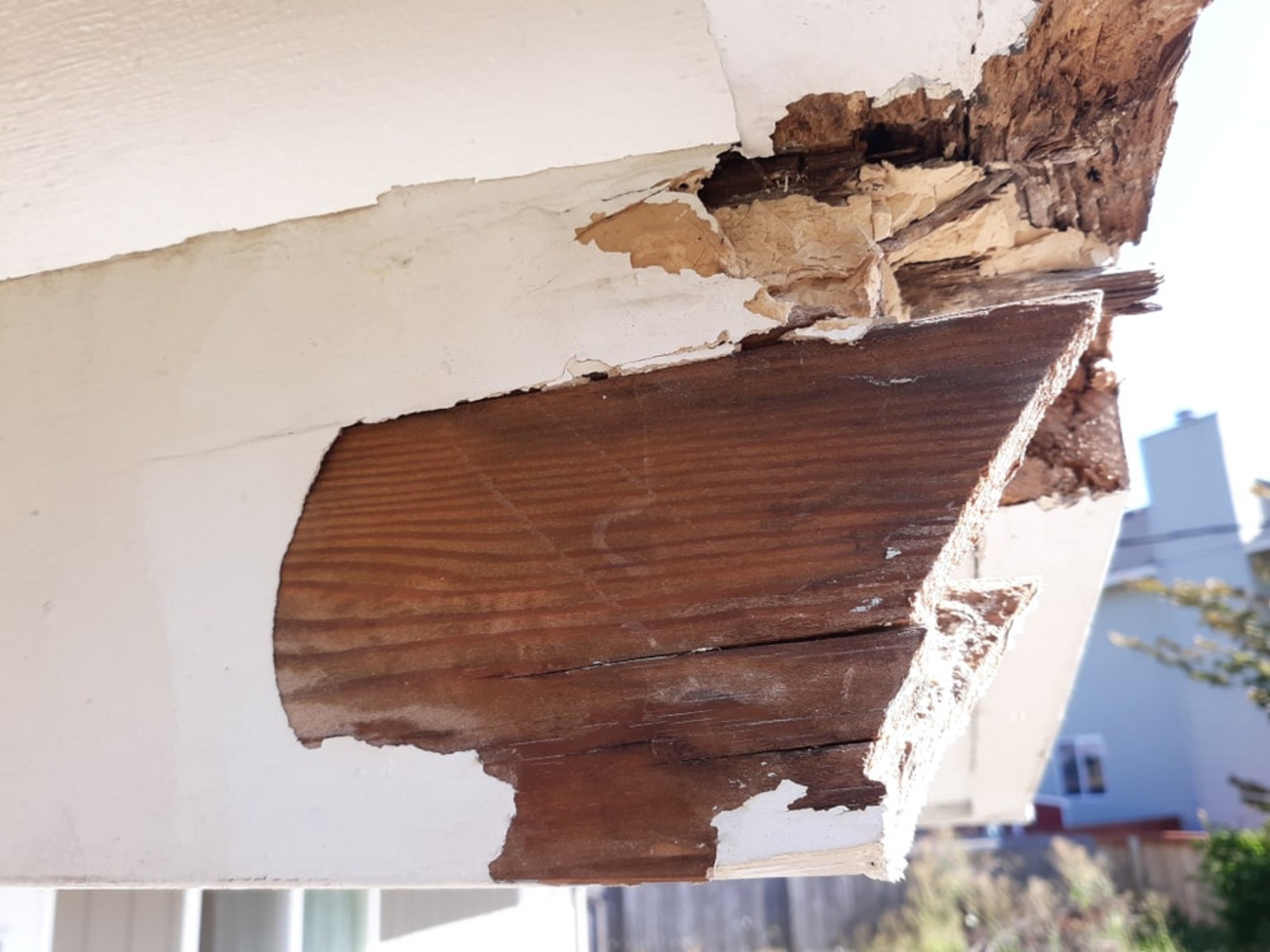
Recap of Key Points about Rot Repair Specific to Bothell:
Addressing rot repair in Bothell homes is crucial due to the prevalence of moisture-related issues in the Pacific Northwest climate. By being vigilant and proactive in identifying and treating rot early, homeowners can prevent extensive damage to their properties.
Dry rot, such as Serpula lacrymans, poses a significant threat to structural integrity and requires immediate attention. Conversely, wet rot like Coniophora puteana thrives in damp environments and necessitates thorough moisture control measures to prevent recurrence.
Emphasizing the Importance of Timely Rot Repair:
Timely intervention is paramount when it comes to rot repair in Bothell. Neglecting early signs of rot can lead to widespread damage that may compromise the safety and value of a home. Whether it's conducting regular inspections, maintaining proper ventilation, or promptly addressing any detected issues, taking proactive steps can save homeowners from costly repairs down the line.
By investing in preventive measures and swift remediation actions, residents of Bothell can safeguard their properties against the detrimental effects of rot. In essence, while dealing with rot repair may seem daunting, it is a manageable task that can ultimately enhance the longevity and resilience of homes in Bothell.
By staying informed about common types of rot found in the region and implementing effective repair strategies promptly, homeowners can maintain a healthy living environment for themselves and their families. Remember that combating rot is not just about preserving structures; it's also about preserving peace of mind for residents who deserve a safe and secure dwelling.

